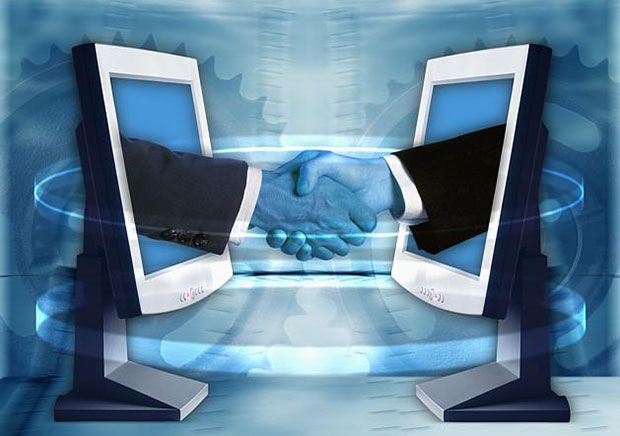As businesses operating in today’s tough economic climate strive for improved operational and cost efficiency, Maintenance Management has come under increased scrutiny. Streamlining the various aspects of maintenance management requires the effective utilisation of resources in order to meet planned and ad-hoc maintenance demands, and many organisations rely on a Computerised Maintenance Management Systems (CMMS) in order to achieve this.
Often originally implemented as a core help desk and planned maintenance tool, modern CMMS Software systems have come a long way and today these cover basic functions, as well as provide the capability to support the intrinsic management of assets, condition based maintenance, contract management, service level agreements, risk management/occupational health and safety, stock/materials control, space and sustainability management. For the majority of organisations, CMMS Software is implemented to both improve levels of customer service and to increase management information availability and therefore deliver prudent financial controls. By utilising a system with comprehensive reporting and planning capabilities, future maintenance strategies can be formulated, resulting in increased productivity, profitability and efficiency.
Rapid changes in modern technology have had a positive impact on the evolution of CMMS Software technology, resulting in web-based, mobile and tablet PC solutions, which allow for fast and efficient data collection, to increase productivity and enabling the real time management of remote staff and contractors. This positive development has altered the way maintenance regimes can be managed, by condensing the time required to complete activities, such as on-site inspections and surveys, allowing for more organisations to see the benefits of using CMMS Software.
The first step for any business in reviewing CMMS Software is to consider the benefits offered and align these to requirements within the business. A financial case should be produced in order to determine whether the CMMS Software investment is justified. If a financial case is made, the organisation should follow a prescribed set of considerations for the assessment, selection and successful implementation of a CMMS Software system. On average, a business should aim for a return on investment within two to three years. Initial costs that should be taken into account are the CMMS Software licenses, professional services such as consultancy, data manipulation, training, ongoing maintenance and internal costs associated with the project.
A clearly defined implementation plan allows all parties to fully understand and agree to the key timeframes, scope, goals and expectations of the project. Ensuring that the data collection is completed accurately will save considerable time and money in making changes further down the line. Considering the training and support offering provided by the CMMS Software vendor in the early stages of selection will ensure the long term success of the project. A well structured and closely managed implementation will ensure that the CMMS Software system continues to assist in building a strong maintenance strategy for years to come, to deliver significant time and cost savings and improve operational output.
